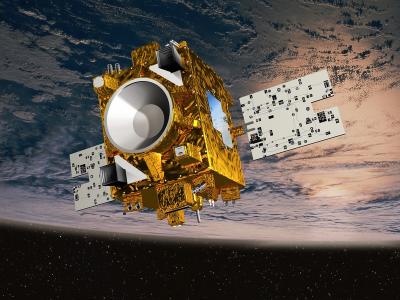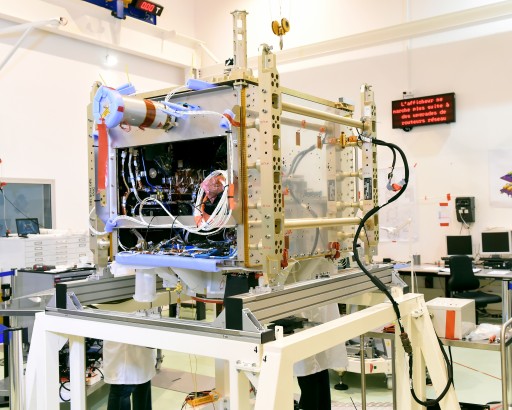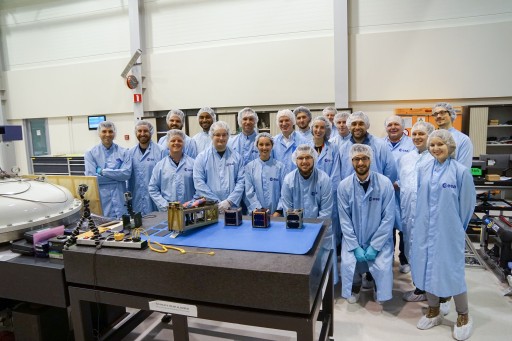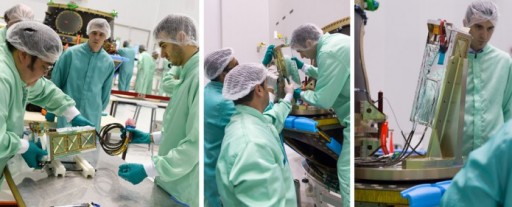Soyuz VS14 Secondary Payloads
The Soyuz VS14 mission launching from the Guiana Space Center carries into orbit the Sentinel-1B satellite for the European Commission’s Copernicus Earth Observation Program. In addition to the primary payload, the mission is carrying the MicroSCOPE Satellite and three CubeSats to orbit.
MicroSCOPE


MicroSCOPE is a minisatellite mission of the French and European Space Agencies with involvement of a number of European institutions to conduct a fundamental physics experiment testing the General Theory of Relativity. The 330-Kilogram satellite hosts a series of payloads to gather data on the Weak Equivalence Principle (WEP) which postulates that a perfect proportionality exists between the inertial mass and the gravitational mass of a body.
Resulting from the WEP is the ‘Universality of Free Fall’ which states that all objects fall with exactly the same acceleration in the same gravitational field. The Equivalence Principle is a major part of Albert Einstein’s Theory of Relativity and experiments on Earth have so far returned the best accuracy value of EP at 10^-13. MicroSCOPE will employ state of the art technologies to improve the value by two orders of magnitude.
The MicroSCOPE concept is similar to that of the STEP (Satellite Test of the Equivalence Principle) mission designed in 1989 but never realized. MicroSCOPE uses ultra-sensitive accelerometers, micro thrusters, and simultaneous spin control and drag-free flight in order to obtain its measurements. A number of complex technologies are brought together in this mission such as continuous drag-free control, hybrid attitude control through star sensor and accelerometer data, micro-newton cold gas thrusters, passive thermal control with milli-Kelvin accuracy, and an electrostatic differential accelerometer with femto-G precision.
>>Detailed MicroSCOPE Overview
CubeSats


Three CubeSats are launched with the Sentinel-1B and MicroSCOPE satellites as part of the European Space Agency’s Fly Your Satellite initiative: AAUSAT-4 of Aalborg University in Denmark, OUFTI-1 from the University of Liege in Belgium, and Est@r II from Politecnico di Torino, Italy.
AAUSAT-4 known by its full name Aalborg University Cubesat 4 is a student-built satellite complying with the 1U CubeSat form factor. The satellite carries a student-built receiver for the Automatic Identification System, tracking ships across the globe’s Oceans.
OUFTI-1, the Orbital Utility for Telecommunication Innovation, is a 1U CubeSat built by students at the University of Liege and outfitted with a D-STAR (Digital Smart Technologies for Amateur Radio) system providing communications using the amateur-radio digital-communication protocol. The D-STAR concept may build the basis for communications of future space experiments.
E-ST@R Ii is the second CubeSat in a CubeSat project designed and developed by students at the Politecnico di Torino, Turin, Italy. The first satellite launched on the inaugural Vega mission and was designed to demonstrate an active Attitude Determination and Control Subsystem for CubeSat missions based on commercial components and materials. The E-ST@R II satellite is also dedicated to the demonstration of an autonomous active attitude control system based on magnetic actuators
